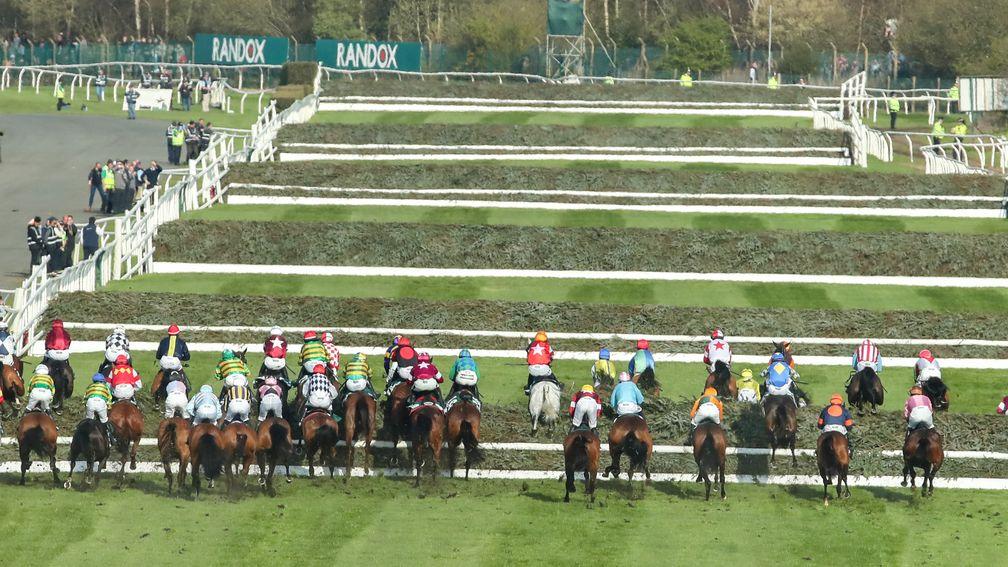The National start is the main cause of all its issues - here's how we fix it

I've read and heard plenty about what must – or must not – change about the Grand National in the last week or so. This year's race was certainly chaotic to watch, even as a former jockey, but I think the solution could be a simple one.
The main cause of the issues this year was the first fence, with five departures, including Hill Sixteen's fatal fall, and then the loose horses causing disorder. Two of the three fatal falls since the fence changes in 2012 have been at the first, so we must look at why it is so problematic, especially compared to the 2m5f start for the Foxhunters' and Topham.
The most obvious difference is the distance between the start and the first. The start was moved in 2013, but it still takes approximately 25 seconds in the National to reach the first, whereas it takes nine seconds for the shorter races. Horses aren’t able to accelerate and reach top speed immediately, but they can in 25 seconds, so they take it on at full speed.
Read the full story
Read award-winning journalism from the best writers in racing, with exclusive news, interviews, columns, investigations, stable tours and subscriber-only emails.
Subscribe to unlock
- Racing Post digital newspaper (worth over £100 per month)
- Award-winning journalism from the best writers in racing
- Expert tips from the likes of Tom Segal and Paul Kealy
- Replays and results analysis from all UK and Irish racecourses
- Form study tools including the Pro Card and Horse Tracker
- Extensive archive of statistics covering horses, trainers, jockeys, owners, pedigree and sales data
Already a subscriber?Log in
Published on inAnother View
Last updated
- Cash injection for top riders is all well and good but it's still a real struggle for the rest
- Working 15-hour days, sleeping in the office and landing a Group 1 - and it still wasn't enough for poor Adam West
- All I want for Christmas is Mr Vango to win the Welsh Grand National for Sara Bradstock
- The stats clearly reveal why Irish handicappers look well treated when they travel over to Britain
- What's been your highlight of the year? It's a good question – and the answers can be very personal
- Cash injection for top riders is all well and good but it's still a real struggle for the rest
- Working 15-hour days, sleeping in the office and landing a Group 1 - and it still wasn't enough for poor Adam West
- All I want for Christmas is Mr Vango to win the Welsh Grand National for Sara Bradstock
- The stats clearly reveal why Irish handicappers look well treated when they travel over to Britain
- What's been your highlight of the year? It's a good question – and the answers can be very personal